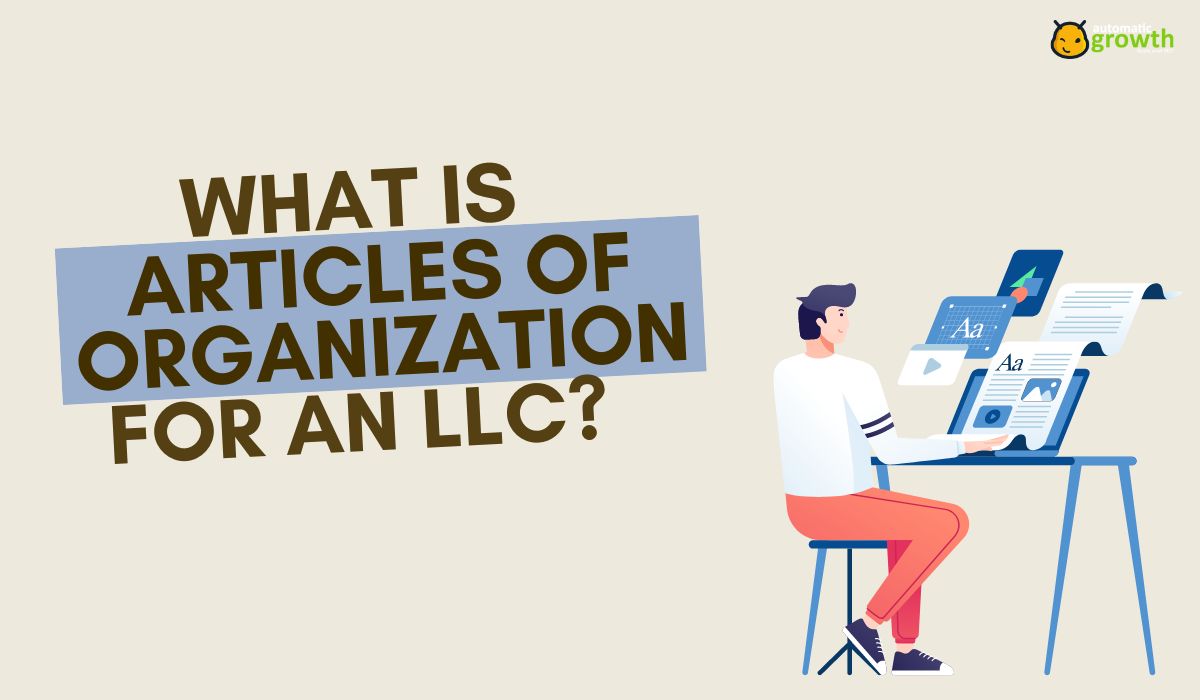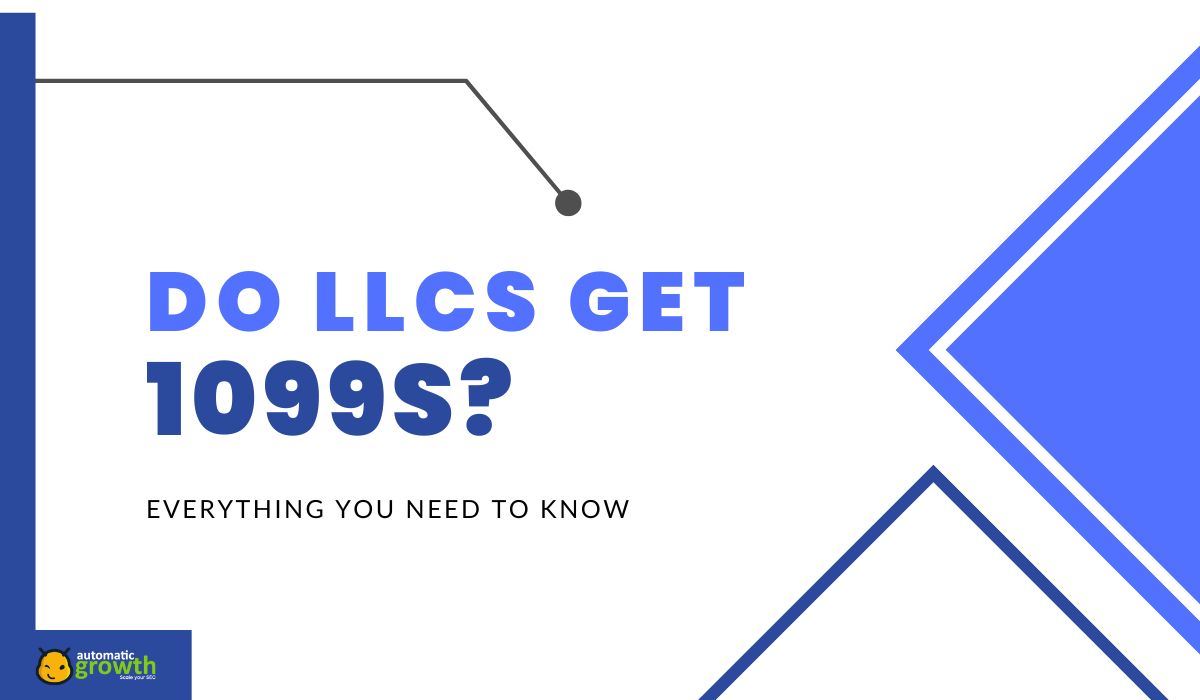Are you intrigued by the idea of starting a dropshipping business but unsure about the financial commitment it entails? You're not alone. The allure of dropshipping lies in its seemingly low barrier to entry, coupled with the potential for significant profits. However, like any lucrative business venture, dropshipping comes with its own set of costs and considerations. So, how much does it cost to start dropshipping?
In this blog, we'll dive deep into the financial landscape of starting a dropshipping business. We'll break down the initial investments you'll need to consider, such as website setup, supplier agreements, and marketing expenses. Whether you're a budding entrepreneur or an established business looking to expand into dropshipping, this guide will provide you with a clear picture of what to expect financially!
The Cost of Launching a Dropshipping Store in 2023
The global dropshipping market is substantial, reaching an estimated $243.42 billion in 2023, marking the first time it has surpassed $200 billion.[1] Because of its promising and profitable outlook, many entrepreneurs are looking into starting their own dropshipping venture. But just how much does it cost to start dropshipping?
Starting a dropshipping store requires an initial investment. Starting a dropshipping business requires careful budgeting to determine the minimum business investment needed. The actual amount can vary depending on individual circumstances, but on average, it may range from $500 to $5,000.
Entrepreneurs need to consider various costs associated with setting up and running their online business.
Fast Facts
Dropshipping is a high-profit, low-investment venture, requiring only an initial investment of $500 up to $5,000.
Initial Investment
To get started, you'll need to invest in certain essentials:
-
Product sourcing: This involves finding reliable suppliers or wholesalers who offer products at competitive prices. Some platforms like AliExpress and Oberlo can help you connect with suppliers easily.
-
Domain Registration: Registering a domain name for your dropshipping store is crucial. It typically costs around $10 to $15 per year.
-
Web Hosting: You'll also need web hosting services to make your website accessible online. Prices can vary depending on the provider and package you choose, ranging from $5 to $30 per month.
-
E-commerce platform: You'll need an online store to showcase your products and manage orders. Popular options include Shopify, WooCommerce, and BigCommerce.
-
Website Design: Creating an attractive and user-friendly website is essential for success in dropshipping. The cost of website design can range from a few hundred dollars for a basic template to several thousand dollars for custom designs.
Additional Expenses
Apart from the initial investment, there are other expenses that may arise during the process:
-
Marketing and Advertising: Promoting your dropshipping store is vital to attracting customers and generating sales. This may involve investing in social media ads, influencer marketing, or search engine optimization (SEO). Costs for these efforts can vary greatly depending on your strategy and budget allocation.
It's important to carefully plan your budget and allocate funds strategically based on the potential return on investment (ROI).
-
Inventory Management Software: To efficiently manage your inventory and orders, investing in inventory management software can be beneficial. Prices for such software typically range from $20 to $300 per month.
By considering these additional expenses alongside the initial investment, entrepreneurs can have a clearer understanding of the overall cost involved in starting a dropshipping store in 2023.
Factors Affecting the Cost of Starting Dropshipping
Starting a dropshipping business involves various factors that can impact the overall cost. Let's explore some key aspects that determine how much it costs to start dropshipping.
Niche Selection
Choosing the right niche is crucial and can significantly influence startup costs. Some niches may require more investment due to higher product costs or specialized suppliers. On the other hand, selecting a less competitive niche with lower-priced products might reduce initial expenses.
Platform or Software Choice
The platform or software you choose to build your dropshipping store on can have different pricing structures. While some platforms offer free plans, others charge monthly fees or transaction fees based on sales volume. Consider your budget and the features offered by each platform before making a decision.
Fast Facts
To maximize profits, efficient order management systems play a crucial role in reducing fulfillment expenses.
Customization Needs and Branding Decisions
Customizing your dropshipping store and establishing your brand identity can also impact costs. Investing in professional website design, logo creation, and branding materials like packaging and marketing collateral may require additional funds. However, these investments can help differentiate your business and attract customers in the long run.
By carefully considering these factors, you can estimate how much it will cost to start your dropshipping venture. Remember that each business is unique, so costs may vary depending on individual circumstances.
Budgeting for Growth
While starting with the minimum investment is possible, it's crucial to plan for future growth as well. As your business expands, you may need to invest more in marketing efforts, inventory management systems, customer service tools, or even hiring additional staff.
By carefully budgeting and monitoring your expenses, you can ensure that you have sufficient funds available not only for launching your dropshipping business but also for scaling it successfully.
Remember that these figures are just estimates based on averages; actual costs will depend on factors such as the size of your product catalog, marketing strategies employed, and other unique aspects of your business.
Managing Order Fulfillment and Shipping Costs
Despite the promising profit margins, approximately only 10% to 20% of dropshipping businesses are successful.[2] This indicates that many enter the business without fully understanding its intricacies and business model.
Efficient order management systems play a crucial role in reducing fulfillment expenses. By automating the process of receiving and processing orders, online store owners can save time and money. This streamlined approach allows for faster order fulfillment, minimizing the chances of errors or delays.
Negotiating favorable shipping rates with carriers is another effective strategy to lower costs. Online store owners can leverage their shipping volume to negotiate discounted rates with shipping providers. By partnering with reliable carriers who offer competitive pricing, businesses can significantly reduce their shipping expenses.
Utilizing fulfillment centers is another option that can streamline operations but comes with additional fees. These centers handle inventory storage, order processing, and even shipping on behalf of online stores. While this eliminates the need for store owners to manage these tasks themselves, it does come at an extra cost.
Maximizing Profit Potential in Dropshipping
To maximize profit potential in dropshipping, implementing effective SEO strategies is crucial. By optimizing your website and product listings for search engines, you can boost organic traffic without incurring extra costs. This means more potential customers discovering your dropshipping business.
Optimizing product listings is another key factor in increasing conversion rates and sales volume. By crafting compelling product descriptions, using high-quality images, and highlighting the benefits of your products, you can entice customers to make a purchase. Offering competitive prices and running promotions or discounts can further incentivize buyers.
Fast Facts
By optimizing your website and product listings for search engines, you can boost organic traffic without incurring extra costs.
Building strong relationships with suppliers is essential for better pricing terms. When you establish trust and loyalty with your suppliers, they may offer you discounted wholesale prices or exclusive deals. This allows you to increase your profit margin by reducing the cost of goods sold.
Utilizing dropshipping tools and platforms like Shopify or the AliDropship plugin can also help streamline operations and boost profitability. These tools provide features such as automated order fulfillment, inventory management, and marketing integrations that save time and effort while maximizing efficiency.
Frequently Asked Questions
How much does it cost to start dropshipping?
On average, the startup costs for a dropshipping business can range from $500 to $5,000, depending on your product niche, business model, and marketing efforts.
How long does it take to start a dropshipping business?
Starting a dropshipping business can be relatively quick compared to traditional retail models. With pre-built platforms and readily available suppliers, you can set up your store within days or even hours. However, keep in mind that success in dropshipping requires time investment for market research, product selection, website customization, and marketing efforts.
Do I need inventory for dropshipping?
One advantage of dropshipping is that you don't need to hold inventory yourself. Instead, when a customer places an order in your store, you forward their details to your supplier who then ships the products directly to the customer's doorstep. This eliminates the need for storage space or upfront inventory costs.
Can I sell any products through dropshipping?
You have flexibility in choosing what products to sell through dropshipping; however, not all products are suitable for this model. It is important to consider factors like market demand, competition levels, profit margins, and shipping feasibility when selecting products for your dropshipping store.
How can I attract customers to my dropshipping store?
Effective marketing strategies play a vital role in attracting customers to your dropshipping store. Utilize social media platforms, search engine optimization (SEO), influencer collaborations, and targeted advertising campaigns to increase brand visibility and drive traffic to your website.
Explore Other Profitable Ventures
If you're considering other entrepreneurial ventures, another interesting option is starting a vending machine business. Vending machines can offer a unique opportunity for passive income with relatively low maintenance requirements.
Understanding the startup costs for a vending machine business, which include the price of the machines, stocking them with products, securing locations, and managing logistics, can help you make an informed decision about this potential business venture. Explore the startup costs of a vending machine business!
















